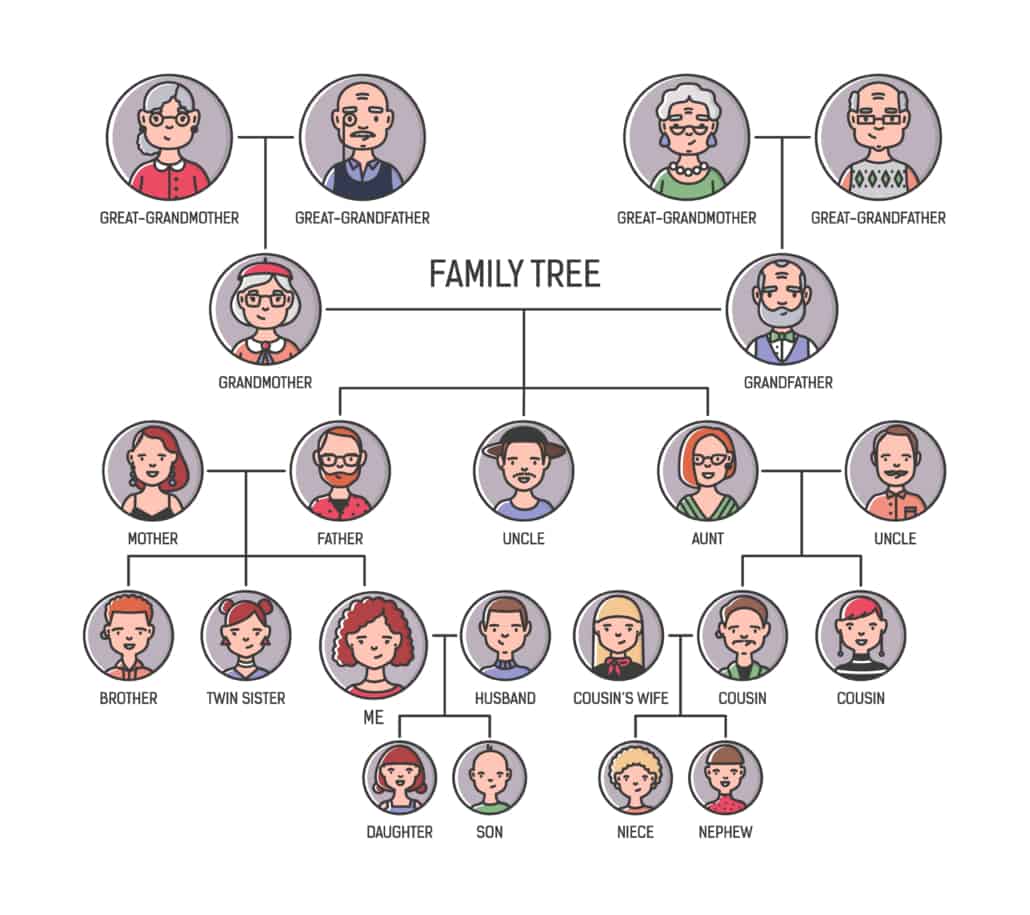The Order is So Important
This week we’ll be looking at some ideas that are a bit different from those I’ve been sharing lately, so please join me as I “freestyle” a bit, while still trying to keep it real, too.
As is sometimes the case here, there’s kind of a convoluted story to how I got here, and I’m so glad to have a place to share these musings with others who appreciate my missives.
Contrasting a couple of words that exhibit some similarities is nothing new here (see On Observing and Absorbing in Enterprising Families and SFTU Versus STFU) for a couple of examples.
This week, we’re going to deconstruct “striving” and “thriving” to see what we can learn.
My first conclusion, which I hint at in the title, is that doing them in the right order is key.
A second take-away involves the fact that family members from different generations should probably experience them at different times.
What Does It Mean to Strive?
Let’s start by looking at the meaning of the verb “to strive”.
Here are some Google results I like:
- make great efforts to achieve or obtain something
- struggle or fight vigorously.
I like those because the words “effort”, “obtain” and “struggle” really resonate with me when I think about striving.
They feel to me like they are all about what you put into something.
What Does It Mean to Thrive?
Now let’s move over to the verb “to thrive”.
Here’s some of what Google comes back with:
- grow or develop well or vigorously.
- prosper; flourish.
Now when I look at words like “grow”, “develop” and “prosper”, what I see are the results of some of those same efforts that one has “put into”.
This exercise has already borne fruit for me, as the “input vs. result of the input” angle is an unexpected bonus for me.
Now let me get to the convoluted story to set up the bigger picture for enterprising families.
Beginning with the End in Mind
With a tip of the cap to Stephen Covey, let’s begin with the end in mind, which is how this topic landed in my lap to begin with.
I was on a Zoom call where a recently retired executive was talking about her exit from her prominent role in her organisation, and she smiled as she shared how it was all going.
“It feels like I’m thriving without striving”, she related.
I quickly jotted those words down, believing that that would be the blog post subject.
Lately I keep hearing about the fact that everyone in my field talks about preparing the rising generation of the family, while the senior, “NowGen”, who are expected to exit, aren’t considered enough.
“I’ll write about how important it is to find opportunities for them to thrive without striving”, was my idea.
Well, not so fast.
Where Else Does This Apply? (Everywhere!)
As I considered that after having strived for so many years during one’s career, later on it would be good to simply thrive, based upon all the hard work one had already put in, I then thought about the entry, as opposed to the exit.
Imagine my “A-Ha Moment” when I realized that sometimes, especially in very successful families, the rising generation show up and are already thriving thanks to the family’s success, while many of them have not been forced to strive for themselves.
Thriving without having strived seems like a bit of a disconnect.
If you know anything about the challenges that such families face, you will instantly recognize how relevant this can be.
Stumbling Upon a Fundamental Truism
Success means more when it is connected to one’s own struggles to achieve it.
This reminded me of one of my favourite Zig Ziglar sayings about putting in the hard work early in your career:
If, early on, you do: what you’re supposed to do
when you’re supposed to do it,
Later, you’ll be able to do: what you want to do
when you want to do it.
In a family enterprise, there is a time for striving, which hopefully leads to thriving. There can then be many years of striving and thriving at the same time.
Eventually, the leaders become elders and can continue to thrive, but without necessarily having to strive as much anymore.
After all, there are younger family members who are there for that, and presumably they’ve been well groomed for that.


